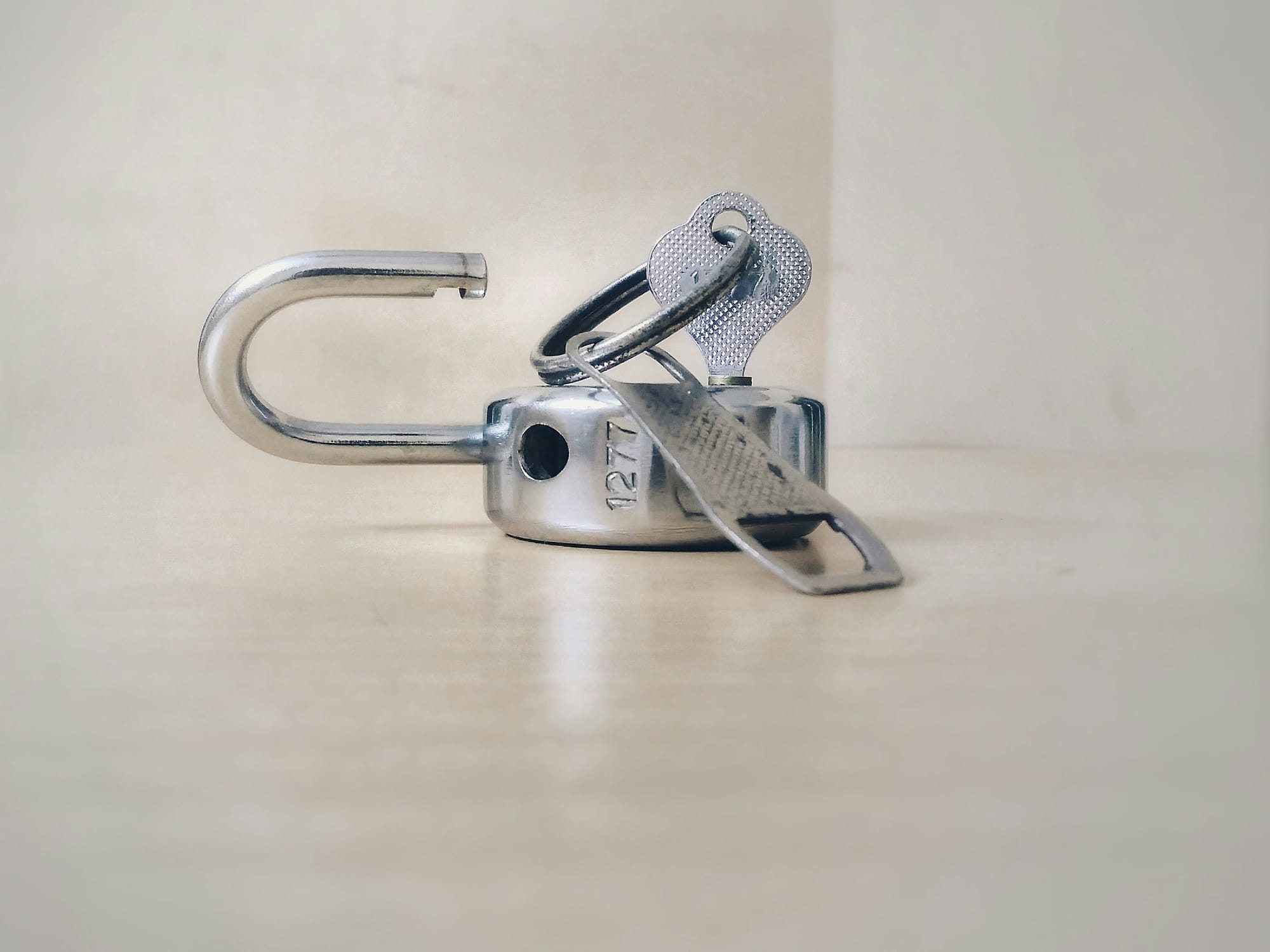Ecommerce conversion best practices - reach your store’s full potential

There is a huge amount of online competition. So we know optimizing your e-commerce store for conversions is no longer optional. It’s essential.
High traffic alone isn’t enough. The key to sustainable growth is turning visitors into paying customers. This is ecommerce conversion.
Don’t know where to start? Don’t panic! We’ve put together our top ecommerce conversion best practices.
In this article, we share tips and strategies to boost your ecommerce conversions. Increase your revenue. And to create a more satisfying shopping experience.
Why does ecommerce conversion optimization matter?
E-commerce conversion optimization is the process of improving your website. With the main goal of increasing conversions. This is most often making a purchase. But it could also be signing up to a newsletter, or downloading high value content.
It’s an important step for any marketer. Even minor improvements in conversion rates can lead to big increases in revenue.
Let’s look at an example…
Your website has 10,000 monthly visitors. You have a conversion rate of 2%.
That gives you 2,000 sales per month.
You spend time on ecommerce conversion optimization. You increase the conversion rate to 3%.
You now have 3,000 sales per month. That’s a 50% increase in sales!
There’s data to back this up too. Businesses who invest in conversion optimization achieve higher revenue. But they also improve their customer retention rates.
That’s because they’re looking at the whole customer journey. Not just the buying part.
This highlights the importance of understanding user behavior. Which allows us to refine our website accordingly.
Here’s why it matters:
- Maximize your ROI. Improving your conversion rate means getting more value from your existing traffic. This reduces the need for additional marketing spend.
- Enhance the user experience. A smooth shopping experience not only drives sales but also builds customer loyalty.
- Stay competitive. With countless online stores vying for attention, optimizing your website ensures you stand out.
- Increase your revenue. Even small improvements can have a big impact on your sales.
Our ecommerce conversion best practices
So, you’re ready to get started. You know why conversion optimization is important. You want to invest. But where to start? Our 6 best practices are easy to implement. Let’s dive in.
1. Optimize product pages for conversion
Your product pages are the heart of your e-commerce store. They’re where potential customers decide whether to buy or leave.
A successful product page might feature a clean and intuitive layout. With high-quality images and persuasive product descriptions.
Think about Amazon’s product pages. They are optimized with detailed specifications, customer reviews, and "frequently bought together" recommendations.
These elements help guide shoppers through the decision-making process. This results in higher conversions.
Studies indicate that product pages with engaging visuals and detailed information can increase conversions by up to 30%.
Optimize your product pages by:
- Using high-quality images. Provide multiple views and zoom options in your image gallery. This will give customers a clear understanding of the product.
- Writing compelling product descriptions. Focus on benefits rather than just features. Use persuasive language that addresses your customer pain points.
- Adding social proof. Customer reviews, ratings, and testimonials. Use them across your product pages to build trust and credibility.
- Highlighting urgency. Use tactics like “Only 3 left in stock” or “Limited-time offer”. This will encourage customers to take immediate action.
Example:
An online clothing store added customer reviews to their website. It increased conversions by 15%. They then added lifestyle imagery. This boosted engagement by 20%.
2. Simplify the checkout process
Cart abandonment is one of the biggest challenges in e-commerce.
Nearly 70% of shoppers leaving before completing a purchase, according to the Baymard Institute.
This has a direct impact on revenue. We know that abandoned carts represent billions of dollars in lost sales annually.
Simplifying the checkout process will reduce friction. Reduce cart abandonment. And improve conversions.
Our top tips:
- Offer guest checkout. Allow users to complete their purchase without creating an account. This will reduce barriers for first-time customers.
- Minimize form fields. Only ask for essential information. Such as shipping and payment details. This will help streamline the process and avoid overwhelming users.
- Provide multiple payment options. Include popular methods like credit cards and PayPal. You can also add digital wallets such as Apple Pay or Google Pay. This will cater to a range of customer preferences.
- Add progress indicators. Clearly display how many steps remain in the checkout process. This will reassure users and reduce anxiety.
Example:
An electronics retailer implemented a guest checkout option. They saw a 15% reduction in cart abandonment rates within the first month.
Simplifying the checkout process ensures a smoother user experience. And increases the likelihood of someone completing the sale.
3. Leverage personalization
Personalization helps you deliver a tailored shopping experience. We want to make users feel valued and understood. The impact of personalizing marketing efforts is huge. Starbucks, Amazon and Spotify are all masters of it.
Research shows that personalized experiences can increase conversion rates by up to 20%.
Want to know more? Check out our guide on the benefits of personalization.
Ways you can use personalization:
- Use dynamic content. Display product recommendations. Use data based on browsing history or previous purchases. Show regional offers to different user locations. Tailor landing pages to where your user has come from. Why not use ConversionWax to help you!
- Send personalized emails. Offer discounts on abandoned carts. Suggest complementary products. Send seasonal offers or birthday messages.
- Segment your audience. Create targeted campaigns by grouping your users. Look at demographics, behavior, or purchase history.
4. Improve site speed and mobile optimization
Site speed and mobile responsiveness are critical factors for your website.
A slow-loading or poorly designed mobile site can lead to lost sales.
To address this, there are multiple strategies you can try. And tools you can use.
To start:
- Use a content delivery network (CDN). This will distribute your website's content efficiently across various servers. This will ensure faster load times for users.
- Enable Browser caching. This can help store certain elements locally. This reduces the need to reload them every time a visitor returns.
- Test mobile usability. Use tools like Google’s Mobile-Friendly Test. This can help ensure your site is easy to navigate. And that it’s fully responsive on smaller screens. Which creates a better experience for mobile shoppers.
- Optimize images. Compress images without compromising quality to improve load times.
- Enable lazy loading. Load images and content as users scroll down the page.
- Test mobile usability: Ensure your site is fully responsive and easy to navigate on smaller screens.
Google’s data reveals that a one-second delay in page load time can reduce conversions by 7%. Prioritizing speed and mobile optimization really is non-negotiable!
5. Build trust with clear policies
Online shoppers are cautious about where they spend their money.
To alleviate concerns and build trust:
- Showcase security badges. Display SSL certifications and trusted payment icons.
- Offer transparent return policies. Clearly state return and refund processes.
- Provide contact information. Include a phone number, email, and live chat option to reassure your customers.
Example: A study found that adding trust badges to checkout pages increased conversions by up to 42%.
6. Utilize social proof
Social proof is a psychological phenomenon where people are influenced by the actions and opinions of others. Even if they’re strangers!
Its importance in e-commerce cannot be overstated. It directly impacts buyer trust and decision-making.
A study by Nielsen found that 92% of consumers trust recommendations from others, over brand advertisements.
Similarly, BrightLocal’s research revealed that 79% of online shoppers trust online reviews as much as personal recommendations.
To leverage this effectively:
- Highlight reviews and testimonials. Place them prominently on product pages to reassure potential buyers.
- Showcase user-generated content. Feature customer photos or videos using your products, which creates authenticity.
- Display trust metrics. Include stats like “10,000+ satisfied customers” or “5-star ratings” to validate your credibility.
Example:
An online apparel retailer displayed customer reviews and user-generated photos on product pages.
They saw a 35% increase in conversion rates within three months.
This just shows how impactful social proof can be in boosting buyer confidence and driving sales.
Advanced strategies for ecommerce conversion optimization
We’ve covered the best practices. You’re making and tracking your changes. And you’re ready to try more. Here’s some advanced strategies you could implement on your website.
A/B testing
Continuous testing is essential for identifying what works best for your audience. Use tools like Optimizely or Google Optimize to test:
- Headlines and CTAs
- Product page layouts
- Pricing displays
Exit-intent popups
Capture users who are about to leave your site with targeted popups. Try offering discounts or incentives.
Retargeting campaigns
Bring back lost visitors with retargeting ads. Show the products they viewed or added to their cart.
Gamification
Incorporate gamified elements like spin-to-win wheels or reward points. This makes the shopping experience more engaging.
Measuring the success of your efforts
To ensure your efforts are paying off, track key metrics such as:
- Conversion rate
- Average order value (AOV)
- Cart abandonment rate
- Customer lifetime value (CLV)
Use analytics tools like Google Analytics or Shopify Analytics to monitor these metrics and refine your strategies over time.
Conclusion
Ecommerce conversion optimization is an ongoing process. It requires a mix of strategic planning, testing, and refinement.
By implementing our ecommerce conversion best practices, you can create a seamless shopping experience. Which drives more sales and builds customer loyalty.
Remember, every improvement - no matter how small - can contribute to significant revenue growth. Start optimizing your e-commerce store today and unlock its full potential!
Get started with ConversionWax
-

Unlock the benefits of website personalization
-
Ecommerce conversion best practices - reach your store’s full potential
-

How to - increase your website sales
-

Your ultimate Conversion Rate Optimization checklist
-

How to: complete a Conversion Rate Optimization audit
-

An easy guide to ecommerce website optimization
-

Your guide to Conversion Rate Optimization best practices
-

Landing page optimization - maximizing your conversions
-

Mastering ecommerce product page optimization
-

Website performance optimization techniques to boost your online business
-

Benefits of website personalization for online businesses
-

How to improve your ecommerce checkout conversion
-

Crafting a winning Conversion Rate Optimisation strategy
-

What is a good website conversion rate? Understanding your metrics
-

Customized targeting - boosting conversions with precision marketing
